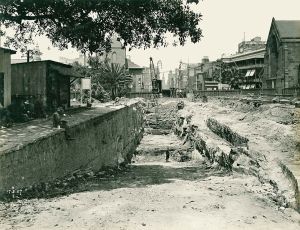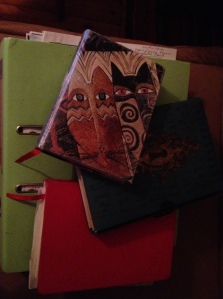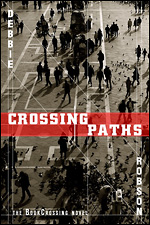
Scottish Women’s Hospitals Roll of Honour courtesy of Wikimedia commons
I am very proud and excited to announce that my talk on the Scottish Women’s Hospitals will be broadcast on Radio Adelaide 101.5 this coming Monday evening at 6pm on the segment On Service Voices.
Here is a link to the broadcast.
On Service Voices – Monday 02.12.19 from 6 to 7pm Adelaide Time (or listen again any time after 7pm)
DEBBIE ROBSON: The SWH and the Aussie women who served in it.
This month 102 years ago, a British female doctor called Elsie Inglis died. Elsie was almost 50 years old when World War One was declared. She offered her medical skills to the War Office, and was resoundingly rejected with the words, “My good lady, go home and sit still.”
Sitting still at home had never been one of Elsie’s strengths. She contacted the Scottish Federation of Women’s Suffrage Societies with the intention of forming independent medical units staffed by women, in order to support Allied troops where they were needed most. She was able to establish the Scottish Women’s Hospitals for Foreign Service (the SWH), and they sent medical teams to Belgium, France, Serbia and Russia. Many Australian women served in these units. They saved countless lives during WW1 and alleviated untold suffering. Today Debbie Robson brings us the story of the Scottish Women’s Hospitals, and some of the Australians who served in them.
Please tune in and I hope you enjoy hearing about these marvellous women.









